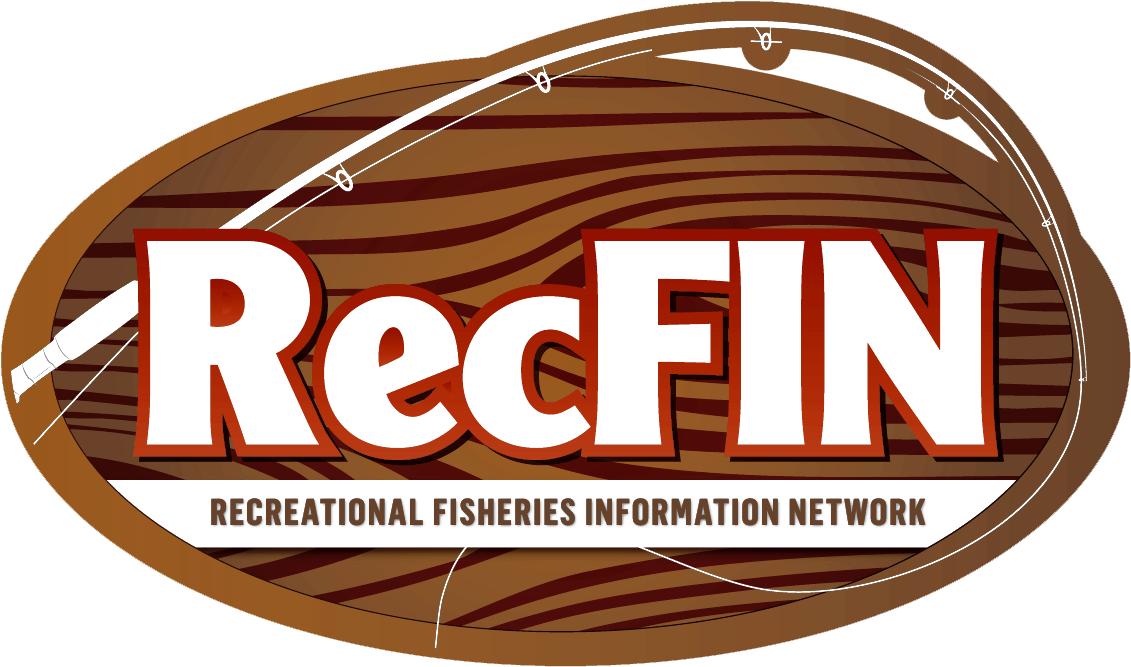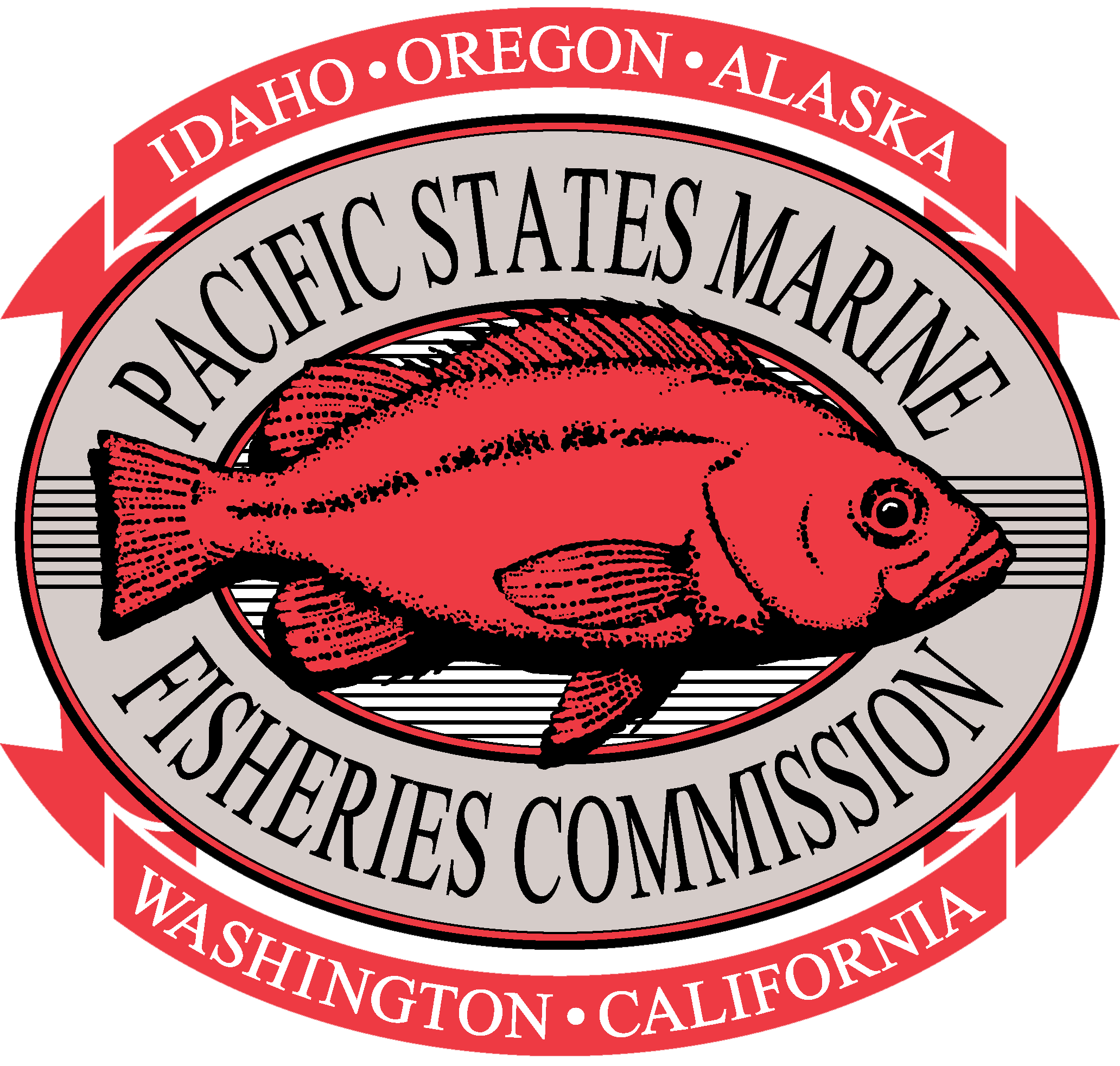Understanding our Fishing Communities Through Data
Camille Kohler - neXus Data Solutions, LLC
In recent years, social scientists have developed new indices to better understand the communities of the United States that depend on fisheries. By combining social, demographic, and fisheries information we can evaluate a community’s engagement and reliance on fisheries, as well as its vulnerability and resilience to changing fish populations, fisheries regulations, and environmental conditions; this offers a quantitative measure by which to gauge the health of a community.
The AKFIN and PacFIN programs have collaborated extensively with NOAA social scientists to build data products that support the analysis of fishing communities. PacFIN recently worked with the Southwest Fisheries Science Center (SWFSC) and Northwest Fisheries Science Center (NWFSC) to develop and implement the West Coast Fishing Communities Socio-Economic Data Model, a set of datamart tables and reporting tools that provide online access to data needed to evaluate the vulnerability of a community. This model was designed to aggregate at the year and geographic level, allowing the easy addition of new geographies or metrics from additional sources. It combines data from the US Census Bureau Decennial Census and American Community Survey (ACS); the US Bureau of Economic Analysis reports on income, employment, and compensation; and commercial fishing data from Washington, Oregon, and California.
The ACS is an ongoing household survey administered by the Census Bureau to provide estimates of socio-economic characteristics at various geographic and temporal scales. Almost two hundred of these variables, available through the Census Bureau web API, are downloaded and processed into the PacFIN communities data model and reported via the AKFIN and PacFIN Oracle APEX reporting tools. These reporting tools currently provide access to metrics for all West Coast states and Hawaii at the county, place, American Indian Area, Alaska Native Area, and Hawaiian Home Land geography levels. Subject areas covered include:
- Social and Demographic Characteristics
- Household social structure and families
- School enrollment and educational attainment
- Gender and age
- Economic Characteristics
- Population in workforce
- Occupation and industry participation
- Income and public assistance
- Housing Characteristics
- Household and housing units
- Values and monthly costs
- Mortgage and rent estimates
The new ESS004 ACS National Vulnerability Indicator report, available to both AKFIN and PacFIN APEX confidential users, includes ACS 5-year estimates up through 2014-2018 and is now used to supply over 100 metrics for national reporting requirements. These data, compiled annually from each of NOAA Fisheries’ regional science centers, are then translated into other systems for NOAA Science & Technology to source products like the Social Vulnerability Mapping tool.
 NOAA S&T Social Indicators Mapping Application
NOAA S&T Social Indicators Mapping Application
For AKFIN and PacFIN’s partners at NWFSC and the Alaska Fisheries Science Center (AFSC) the ESS004 report replaces a manual process by which ACS data was compiled in Excel workbooks from multiple datasets downloaded from the US Census Bureau’s American FactFinder website. With the new PacFIN processes, minimal work is needed to update this set of data points using automated procedures, and the flexibility of the West Coast Fishing Communities Socio-Economic Data Model allows for expansion of the available datasets and the set of geographies and variables for which data are sourced.
To learn more about the West Coast Fishing Communities Socio-Economic Data Model, the ACS data available through AKFIN and PacFIN, or the ESS004 ACS National Vulnerability Indicator report in APEX contact AKFIN or PacFIN staff.





